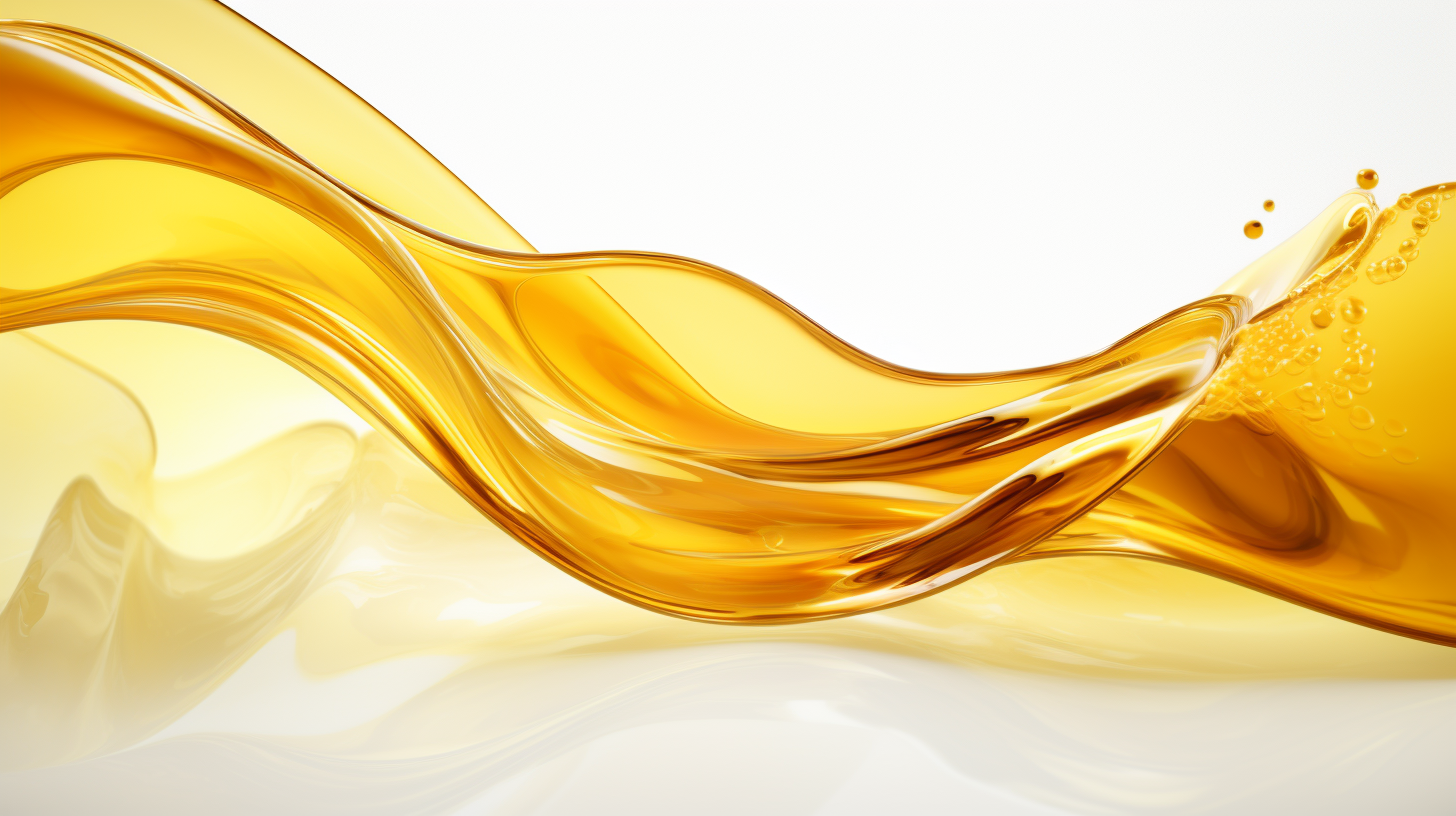Solvay Interox Now Offers Polyglycerol-3 for Food and Cosmetics Applications
Advertisement
HOUSTON July 29, 2002 - Polyglycerol-3, a Kosher certified water soluble product, is now available from Solvay Interox Inc., Houston. Solvay Polyglycerol-3 is manufactured by a process that ensures a narrow oligomer distribution with only trace amounts of glycerin, minimizes the generation of cyclic components and reduces batch-to-batch variability.
Due to these properties, the monoesters form stable (alpha)-crystal gel phases leading to enhanced emulsion and foam shelf life vs. the corresponding glycerides. Monoesters can also exhibit better emulsification properties vs. equivalent esters made from traditional polyglycerols. The unique properties of esters made from Solvay Polyglycerol-3 lead to benefits in food and cosmetic applications.
In cosmetics, advantages include the possible formation of a hydrophobic "pellicule" on the skin giving a soft skin feel, mild moisturizing properties and formulations that rinse more easily without leaving a heavy residue. These esters are significant viscosity builders in surfactant-based systems, and can solubilize or disperse biologically active materials such as proteins. Unlike the corresponding glycerides, some esters also conform with the general stability requirements of drug formulations.
Select esters can be used as food additives in baked goods, shortening, salad dressings and others. Unlike the corresponding glycerol esters, hydrated paste emulsifiers made from monoesters of Solvay Polyglycerol-3 retain their efficacy for several weeks. This is particularly important for industrial production of baked goods with greater volume, better texture and longer shelf life.
The polyricinoleate derivative is a rheology modifier in chocolate products, allowing more even coating of confectionary pieces, improving the release of entrapped air in chocolate, and leading to smoother, more efficient moulding and depositing. Its water binding properties reduce the thickening of chocolate coatings over time.
Other news from the department research and development
These products might interest you
Most read news
More news from our other portals
See the theme worlds for related content
Topic world Rheology
Rheology deals with the flow behavior and deformation properties of materials. In the chemical field, it is indispensable for understanding the consistency, viscosity and elasticity of liquids, gels and solids. Whether formulating paints, producing polymers or optimizing food textures, rheological properties influence how substances react, move and feel.

Topic world Rheology
Rheology deals with the flow behavior and deformation properties of materials. In the chemical field, it is indispensable for understanding the consistency, viscosity and elasticity of liquids, gels and solids. Whether formulating paints, producing polymers or optimizing food textures, rheological properties influence how substances react, move and feel.






























































